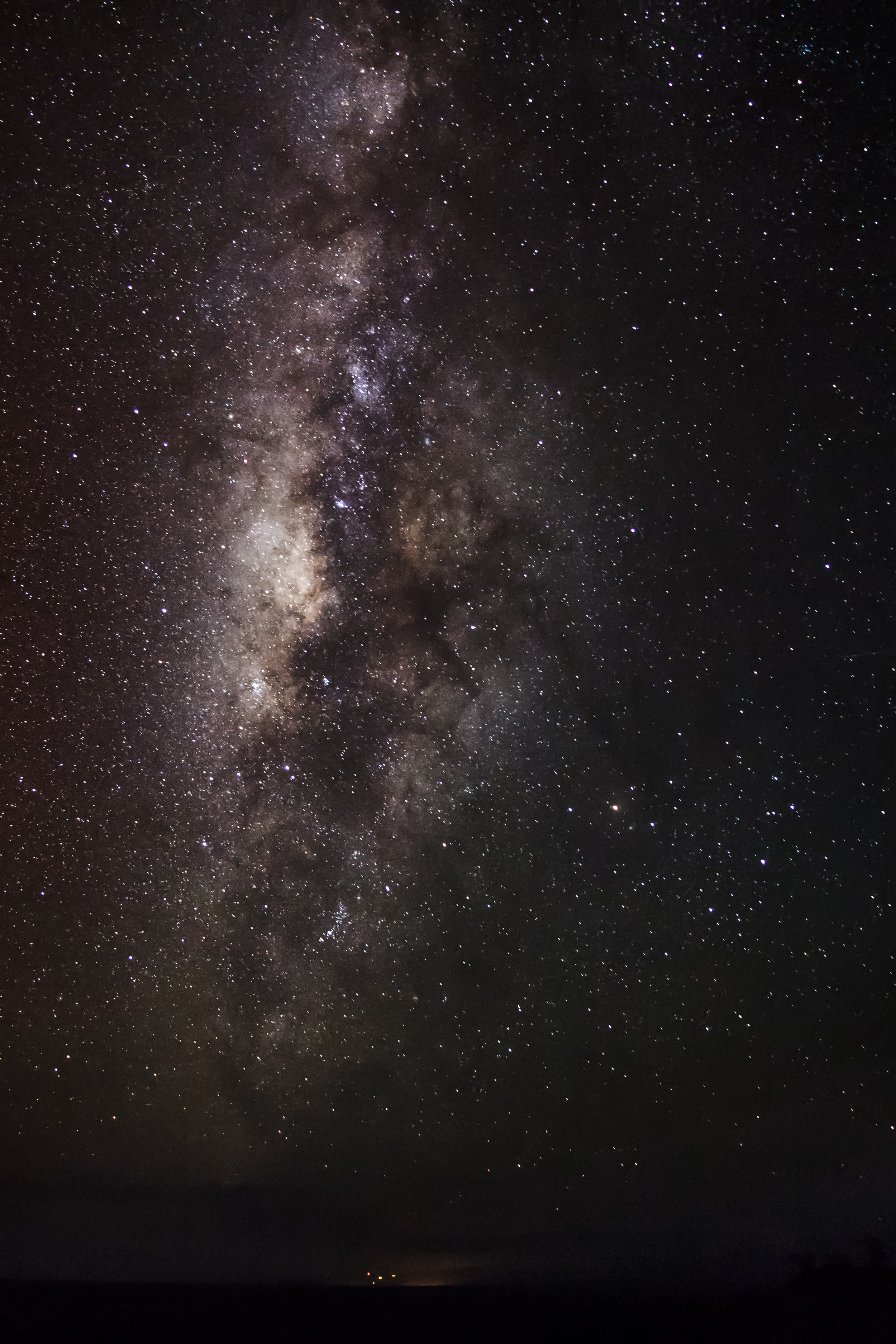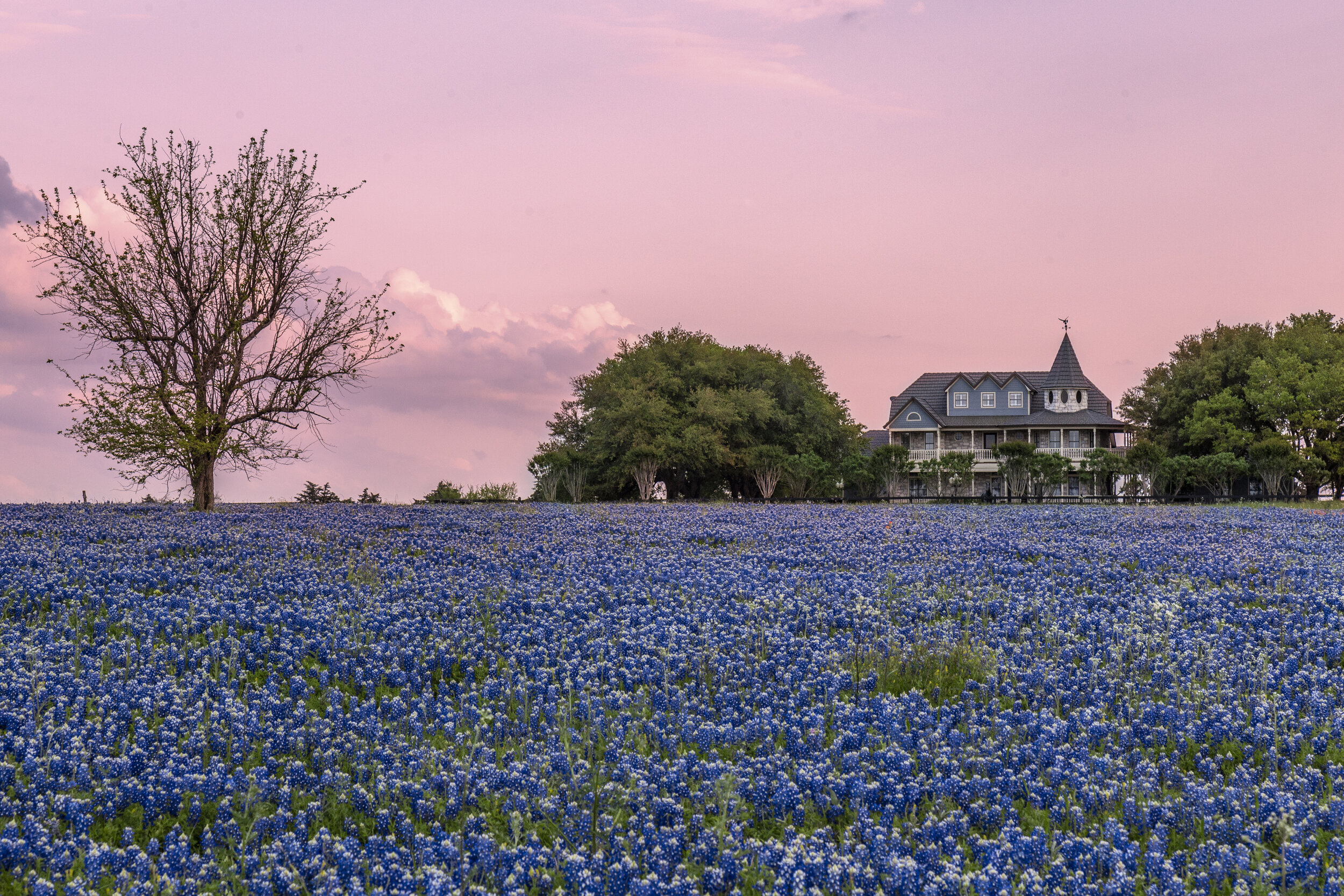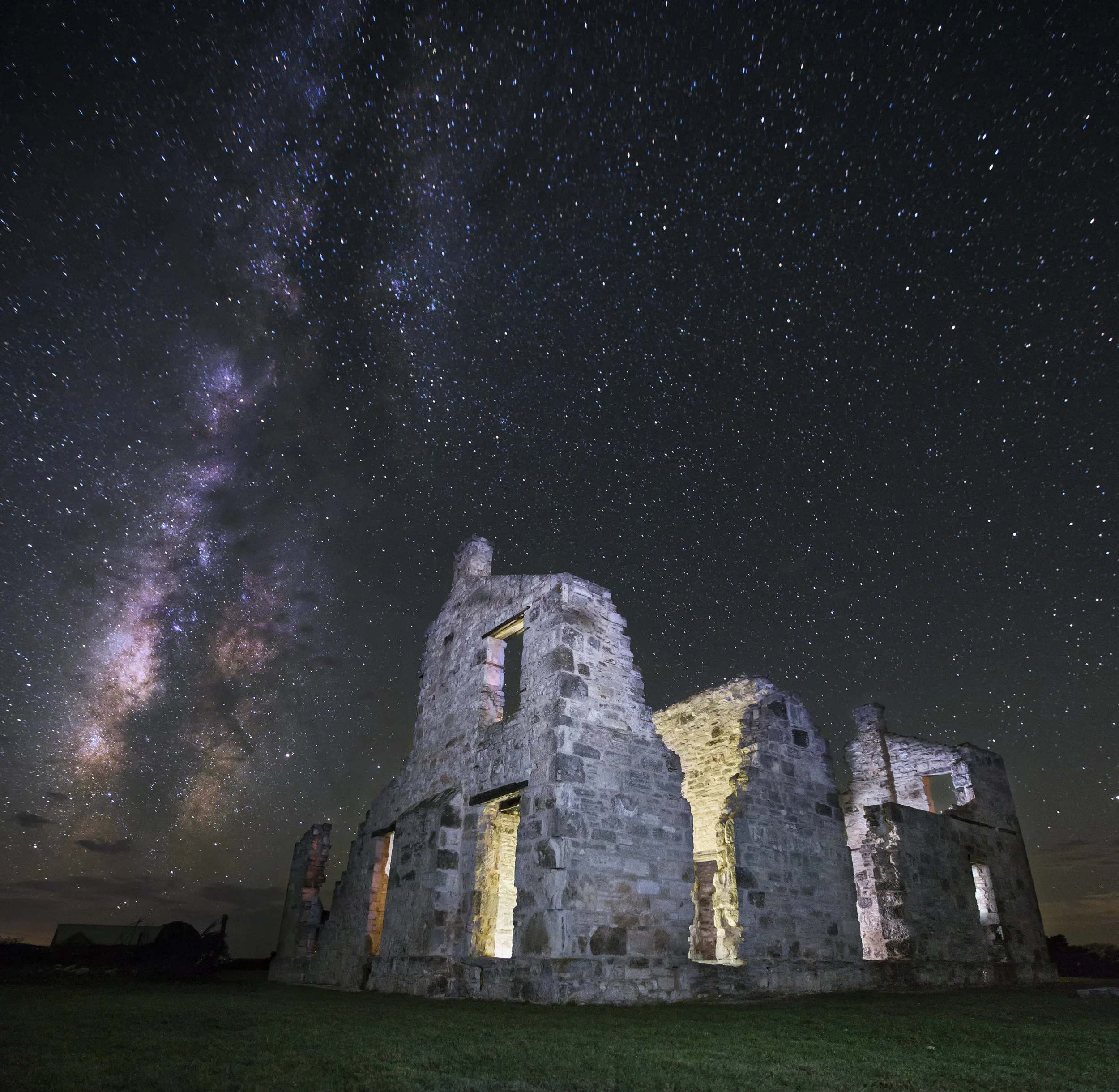

Brainstorm
Brainstorm
Brainstorm
Tutorials, Tips, Musings, Rants, and more
from the brain of Jason Weingart.

The life of a photographer is much different than the life of a 9 to 5'er. And it's probably nothing like what you imagine. We can do more work than anyone else can while dressed in our pajamas, because so much of it is done from behind a computer. My workload is split roughly into this - 96% behind the computer (editing, blogging, maintaining the website, advertising, accounting, etc), 2% traveling to shoots, 1% setting up for shoots, 1% actually taking pictures. Since I spend all this time here, please look around, read my blogs. You may learn a thing or two and this wont all be a waste of time.
Everything You Need to Know to Photograph the Prolific 2016 Perseid Meteor Shower
The 2016 Perseid Meteor shower peaks this weekend and astronomers believe it could be a shower for the ages with rates up to 200 meteors per hour. Perseid meteors are small pieces of debris from the comet Swift-Tuttle. Usually Earth grazes the edge of this debris, but thanks to the gravitational pull of Jupiter, this year we will plow straight through the middle of it.
The galactic center of the Milky Way is beginning to be visible in the Northern Hemisphere before dawn, as it rises on the southeast horizon. It will retroactively be visible for longer durations as the year wears on through October, when it aligns closer with the sun and is no longer visible.
Shooting the Milky Way can be very challenging, yet rewarding. The following will teach you everything you need to know to go out and capture your own view of our galaxy.
We've all seen the pictures that look like the sky is short circuiting. Some people hate them, but I get a crazy response when I create these. It seems like every time I post one, I get several messages from people asking how to do this process. I've been promising to put this tutorial together forever, so here goes.
Ever wonder how to get that perfect image of lightning exploding from the sky? Read this comprehensive guide to photographing lightning, and you will be ready to take shocking images of lightning in no time.
In May 2014, Savannah and I decided to spend the weekend in Marfa, Texas. She had always wanted to visit the town, and I was curious about the Marfa Mystery Lights. Coincidentally, the only chance for decent storms that weekend happened to be in southwest Texas. We got up in the morning, packed the car, and hit the road for Marfa.
Happy Independence Day! Taking photos of fireworks is a lot like shooting lightning. Both require a long exposure, change quickly, and are very bright. They both can also make EXTREMELY BORING images if not handled properly. There are millions of images of fireworks floating around online, what are you going to do to make yours different?
I've always been a big fan of horror movies, and one of my favorite series is The Texas Chainsaw Massacre, so when I discovered the house from the 2003 Michael Bay film was just one county away, I had to go see it. After a few minutes on Google, I found the exact location of the house and a few blog posts and videos from people that had already gone. The first thing that caught my attention was a sign that read, " PRIVATE PROPERTY & ROAD. KEEP OUT OR GO TO JAIL OR WORSE. REST IN PEACE"
This morning, my day started like any other. I climbed out of bed, turned on the computer, walked over to the Kuerig, and started brewing a cup of coffee. I sat down with my coffee, signed on to facebook, and began checking notifications and replying to messages. That's when I opened up a message from a friend, linking me to someone's facebook page. I clicked the link, and sure enough, there was an image of a supercell I shot in 2012, except it was totally oversaturated, contrast pumped up to all hell, and someone else had their name slapped across the bottom of it. They were taking my work, and trying to pass it off as their own!
May 31, 2013 was the only time that I ever thought that I might actually die while chasing storms. An erratically behaving supercell; a violent, rain-wrapped wedge tornado; and a tv weatherman giving citizens the worst possible advice, "This tornado is unsurvivable above ground. If you can't get below ground, you need to drive south"... All the ingredients came together that day resulting in a disaster like which has never been seen in the weather community.
All Posts
Bluebonnet season is right around the corner. In fact, we were already seeing some early blooming in extreme southern locations along the Rio Grande and Gulf Coast. I wouldn’t expect widespread blooming anytime over the next several weeks after the recent winter storm and as temps stay on the cool side across most of the state. If current trends verify, I would expect the season to be right on schedule, with southern locations blooming in the middle of March and northern locations filling in through the first two weeks of April.
It was nice to experience, at least some degree of normalcy, for the bulk of the year with no shutdowns or cancelled workshops.
We kicked off the year in March with our usual Astrophotography and Advanced Astrophotography Workshops.. The weather was cooperative, which was great since the astrophotography workshop was our biggest ever with 40 guests (after the 2020 versions were cancelled).
The historic winter storms were actually a great thing for the upcoming wildflower season. Bluebonnets are freeze tolerant. The plants are mostly still small and are in the process of building their root systems.
This was a really difficult year for our business. It started out normal enough, and although I was keeping an eye on the situation developing in Wuhan, I never imagined it would hit here as hard as it did. Our first week of workshops were scheduled to begin on March 20th. In seven years of running workshops we had never cancelled an event.
Let me just start by saying the real toll of the novel coronavirus will be told in the loss of lives and none of the following is meant to minimize that. The economic impact is already devastating, for our industry and many industries in general. A lot of people are hurting right now, confused what to do about the plans they have made in the coming months. Businesses are shutting down or running at partial capacity. Everyone should be practicing social distancing and I’m honestly disgusted seeing crowds still gathering. For those of us in the photo-tourism industry, if coronavirus hasn’t affected your business yet, it’s going to sooner than later.
Howdy y’all! I am back with my annual “Where to Find the Best Bluebonnets” this year post. This is now the fifth year in a row I have published this type of article, because I remember how hard it was to find these scenes when I first got started!
This was an unbelievable year for our workshops. We hosted over 700 people at our events in 2019! The weather was cooperative at most workshops and our guests got some tremendous shots. It was a banner year for bluebonnets across the state of Texas and severe weather season was very active.
The story of how fauxtographer Brent Shavnore used stolen pictures to build himself an Instagram following of 130,000.
The 2019 Texas Bluebonnet season is right around the corner and early indications look promising for a solid season. Last year was the worst season I have witnessed, there were some nice scenes to find but it took a ton work and a lot of driving to find them. The Texas Hill Country had nothing to speak of in the way of bluebonnets.
2018 was an incredible year of growth for our photography workshops, with most selling out well in advance. Nearly 400 guests attended our workshops this year. It was also an extremely challenging year for my type of photography.
2017 was an interesting year for Texas Bluebonnets. Overall, it was a good but not great season. An early onset to spring brought on two distinct blooms. If you knew where to look, there were excellent fields for about 6 weeks, from early March through mid-April. Northern Texas still had blooms hanging around in late April. The roadsides were good in spots but levels of coverage were below what we had seen over the last several seasons.
Photographing Northern Lights can seem like a daunting task. Planning to shoot this phenomenon can require combining a little bit of astronomy with meteorology. You will need some clear skies. Looking at a basic local forecast, you wouldn't want to see more than 50% cloud coverage. If the forecast looks clear, get an aurora map and you will be good to go.
2017 was an absolutely incredible year. I was fortunate enough to witness some unbelievable storms, stunning landscapes, and even crossed a few phenomenon off my list including the Total Solar Eclipse and Northern Lights!
On April 29, 2017, I was chasing supercells through Van Zandt County with my wife, Savannah Weingart and friend, Matt Phelps. We saw the storm in its initial stages south of the town of Malakov. The environment was so heavily sheared it immediately began rotating and quickly had a tornado warning issued for it.
Torando sirens blared as we followed the wall cloud through town. We drove northeast reposition as the storm was moving quickly.
Current signs are pointing to an above average bluebonnet season for the Texas Hill Country. As we transitioned from El Nino to La Nina, winter temperatures returned to a more seasonably cooler normal, with a few weeks of very cold temperatures. We have also seen some precipitation over the last few weeks with many areas receiving three to four inches.
Being face to face with an EF-3 tornado is all in a days work for second grader Chase. At age 7, he has already witnessed a dozen tornadoes on storm chases in Texas, Florida and Kansas
2016 was by far the most successful year for my career in photography, which should be expected as each year you gain knowledge and confidence. The jump I saw in my income from my photography was astronomical. This was the first year that I didn't have to work a side job to make ends meet, all income came directly from my photographic work. One of my biggest issues was that I used to wait to be inspired, but now I find inspiration in my progress.
2016 was an exceptional year for my career and photographic work. For the first time, I focused my entire year on creating timelapses (see video below).
My first book, The Anatomy of Severe Weather was released in February. After spending much of 2015 working on the book, it was nice to get out and shoot more often.
On November 14, 2016 the moon will be at its closest point to Earth since 1948. This will cause the moon to appear bigger and brighter than it typically does.
Photographers of any skill level can capture the moon. It just takes some planning and the proper equipment
Texas is home to many fantasticly frightening places. If you're looking for a Halloween scare that also makes a great photo op, here are ten of my favorite abandoned places I have photographed during my time exploring the state.
Everything You Need to Know to Photograph the Prolific 2016 Perseid Meteor Shower
The 2016 Perseid Meteor shower peaks this weekend and astronomers believe it could be a shower for the ages with rates up to 200 meteors per hour. Perseid meteors are small pieces of debris from the comet Swift-Tuttle. Usually Earth grazes the edge of this debris, but thanks to the gravitational pull of Jupiter, this year we will plow straight through the middle of it.
As April wears on we are getting deeper into the heart of severe weather season in the state of Texas. This state is no stranger to violent weather systems causing scores of fatalities. In 2015, 24 Texans perished during the Memorial Day Floods, while 11 lost their lives in tornadoes on December 26th (8 in Garland alone).
Bluebonnet season is here and the roadsides and fields are quickly filling in with wildflowers! Whether you decide to make your own images or hire a professional (ahem,) these tips will help you be sure your bluebonnet family photos will be the best they can be.
One thing about photography that I find interesting is its ability to cause us to become emotionally invested in places that we would otherwise have no connection to. Locations where we take images become important to us through the resulting photography.
The stars at night, shine big and bright, deep in the heart of Texas. But where do they shine the biggest and brightest? Here is my list of the top spots in the state to take in the night sky.
The galactic center of the Milky Way is beginning to be visible in the Northern Hemisphere before dawn, as it rises on the southeast horizon. It will retroactively be visible for longer durations as the year wears on through October, when it aligns closer with the sun and is no longer visible.
Shooting the Milky Way can be very challenging, yet rewarding. The following will teach you everything you need to know to go out and capture your own view of our galaxy.
During Spring, fields of bluebonnets can be spotted throughout central, southeast and east Texas. Many of the state's major highways are lined with bluebonnets and other wildflowers during this time of year, making for some incredibly scenic drives. Over the years, the wild population has been supplemented with planted parcels of bluebonnets. So, if you're looking to see blooming bluebonnets in Texas, what's the best spot to look?
New photographers often question which shooting format better fits their needs. There are a ton of articles out there that delve deep into the technical aspects of the two, but I have found that photographers learn best by seeing actual examples of subjects they are interested in shooting.
I'm a pretty easy going guy. I see people do really stupid things all the time, but I usually just let it go. One thing has been irritating me for years though and I'm finally about to go off on it: people walking into my frame while I'm shooting. This is an incredibly rude and inconsiderate thing to do. There's nothing quite as infuriating as somebody walking straight in front of my camera and it happens constantly.
2,000 copies are currently being unloaded from a cargo ship in Los Angeles. First shipments of the book will be rolling out beginning mid February. You can order from Weathersnapshot. It retails for $99.99 (plus tax and shipping, but you can win your very own FREE signed, first edition copy right here! Simply follow the two steps below and you're registered. The winner will be announced Monday, February 1st at 7pm CST.





































Bluebonnet season is right around the corner. In fact, we were already seeing some early blooming in extreme southern locations along the Rio Grande and Gulf Coast. I wouldn’t expect widespread blooming anytime over the next several weeks after the recent winter storm and as temps stay on the cool side across most of the state. If current trends verify, I would expect the season to be right on schedule, with southern locations blooming in the middle of March and northern locations filling in through the first two weeks of April.